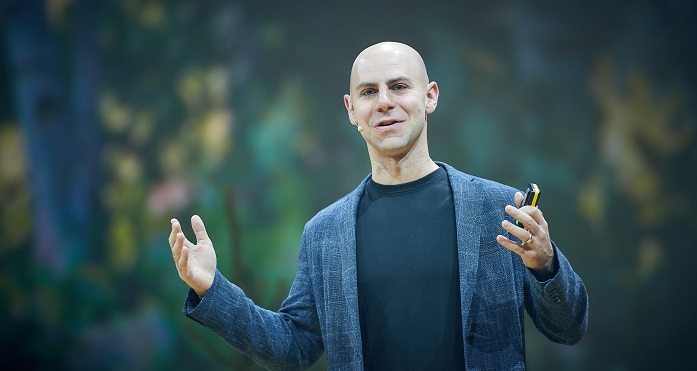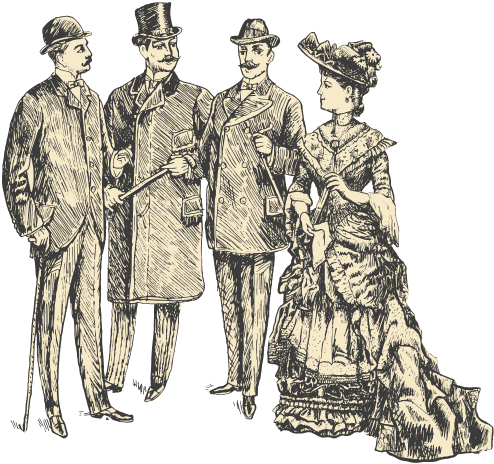How to Help Your Team Bond by Becoming a Giver
Take, take, take. That seems to be the watchword these days. Look out for Number One. But that philosophy won’t produce the best results when you are obliged to work on a team.
In his best-selling book Give and Take: A Revolutionary Approach to Success, Adam Grant looks at the benefits of being a giver. As a Wharton professor and specialist in organizational psychology, he has combed through the research to determine the best strategies for success. Here are four teamwork tips we gleaned from his excellent book—and that we help groups experience on our team-building scavenger hunts.

1. Teams do better when you put the team first.
When givers collaborate, Grant writes, “they take on the tasks that are in the group’s best interest, not necessarily their own personal interests. This makes their groups better off: studies show that on average, from sales teams to paper mill crews to restaurants, the more giving group members do, the higher the quantity and quality of their groups’ products and services.”
We find that on our team-building scavenger hunts, the teams that have “givers” are better at communication and strategy. Looking out for each other makes the team more efficient and effective.
2. You will do better when you put the team first.
“People actually make more accurate and creative decisions when they’re choosing on behalf of others,” Grant writes. “When people make decisions in a self-focused state, they’re more likely to be biased by ego threat and often agonize over trying to find a choice that’s ideal in all possible dimensions. When people focus on others, as givers do naturally, they’re less likely to worry about egos and miniscule details; they look at the big picture and prioritize what matters most to others.”
Similarly, on our scavenger hunts in museums and historic neighborhoods, our Hosts (or MCs) report that the teams with players who seemed focused on their own concerns—for instance, looking good to the rest of the team and then getting defensive or argumentative on why they got a question wrong—turn out to not just score lower, but also have less fun.
Back at the office, that behavior has consequences. Rewards for givers can go right to their paycheck: “Extensive research reveals that people who give their time and knowledge regularly to help their colleagues end up earning more raises and promotions.”
3. Good teams make it safe to take risks.
“This is known as psychological safety—the belief that you can take a risk without being penalized or punished,” Grant explains. Research shows that in a psychologically safe environment, “people learn and innovate more. And it’s givers who often create such an environment: in one study, engineers who shared ideas without expecting anything in return were more likely to play a major role in innovation, as they made it safe to exchange information.”
On our team-building scavenger hunts, we often include team photo challenges to nudge colleagues into getting creative and loosening up. And we inject our questions with lots of humor. These elements help create an atmosphere on the team where people can relax, take chances, and get to know each other better.
4. Go beyond your immediate team to include “weak ties.“
You can easily identify the benefits of strong bonds with close friends and colleagues. But don’t overlook the benefits of weak ties. They “serve as bridges,” Grant points out. “They provide more efficient access to new information. Our strong ties tend to travel in the same social circles and know about the same opportunities as we do. Weak ties are more likely to open up access to a different network, facilitating the discovery of original leads.”
Clients use our scavenger hunts to foster weak ties in a fun setting. When you throw a company party, colleagues will often mingle with the people they already know. But on a team-building activity, you can arrange teams to mix people from different departments, different floors, and different buildings and get them interacting as they collaborate on a fun adventure. Those new “weak ties” can lead to shared knowledge and ideas that have a lasting effect on your organization.
It’s Your Turn
Interested in giving a fun, morale-boosting, team-bonding experience to your colleagues? Contact us to learn more. Our team building scavenger hunts and virtual games go great with Adam Grant’s Give and Take!
~
Image credits: Lead photo via Pexels; Adam Grant photo via adamgrant.net
